Moment of reunion
The long-awaited ceasefire between Israel and Hamas entered its second day yesterday, after Hamas returned three hostages in exchange for 90 Palestinian prisoners held in Israel. Thousands of people in the West Bank city of Ramallah awaited the release of the Palestinian prisoners, including 69 women and 21 teenagers from the West Bank and Jerusalem. Emotional images were recorded here as many were reunited with their families, according to CNN.
Watch the heartbreaking moment when released Israeli hostage reunites with family
In Tel Aviv, hundreds of Israelis cheered and shed tears in the square outside the Defense Ministry as a live broadcast from Gaza showed three female hostages boarding a Red Cross vehicle. The Israeli military later said the hostages, Romi Gonen, 24, Doron Steinbrecher, 31, and Emily Damari, 28, had been reunited with their families, and released footage showing them all appearing to be in good health. "I want to tell them, Romi, Doron, and Emily, that the whole country embraces you. Welcome home," Israeli Prime Minister Benjamin Netanyahu said.
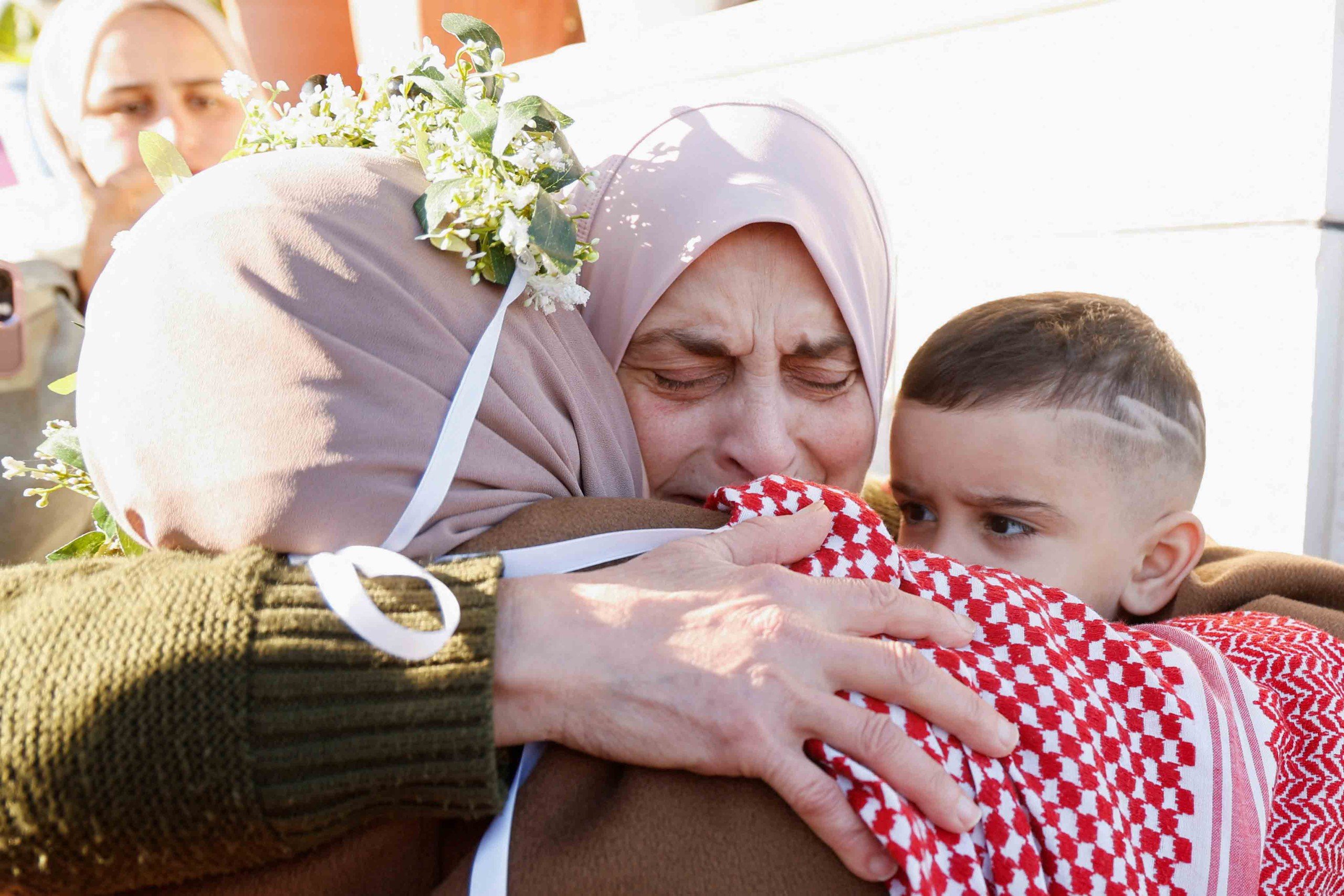
Palestinian prisoner Nidaa Zaghebi hugs her relatives after being released by Israel on January 20.
Under the deal, the two sides will cease fire, aid will be delivered to Gaza and 33 of the nearly 100 hostages will be released by Hamas in a six-week phase one, in exchange for Israel releasing nearly 2,000 Palestinian prisoners. The next round of hostage and prisoner exchanges is scheduled for January 25, while negotiations on the next phase will begin on the 16th day of phase one.
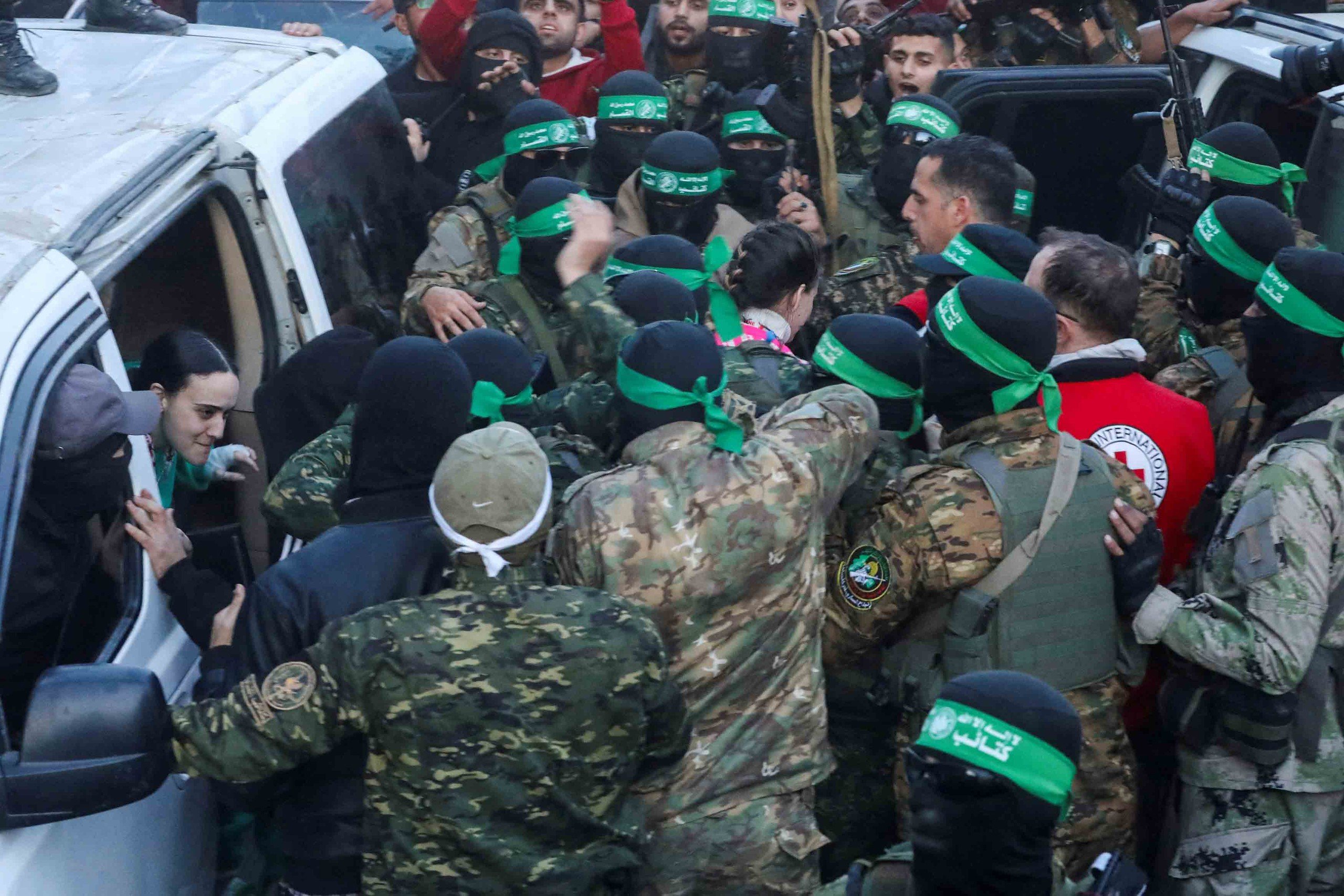
Hamas members load a hostage into a vehicle in Gaza City to hand him over to Israel on January 19.
Aid race
As soon as the deal came into effect, the UN World Food Programme (WFP) immediately announced that it was working at full capacity to bring food to Gaza, after the border crossings were opened. "We are trying to reach
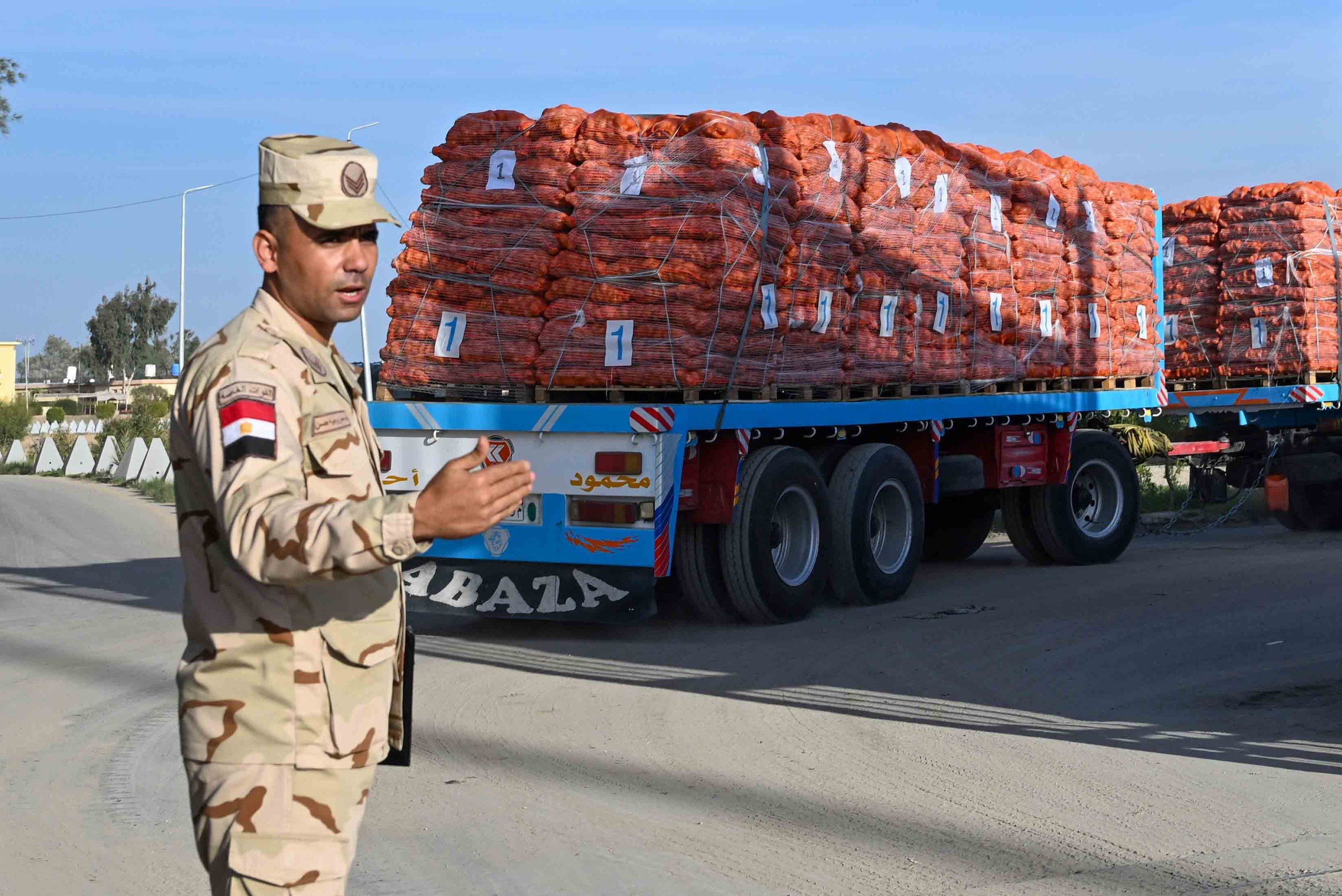
Aid is brought into the Gaza Strip from the Rafah border crossing with Egypt on January 19.
"We are delivering flour, ready-to-eat meals and will do everything we can to restock bakeries," WFP Deputy Executive Director Carl Skau told AFP. He said the agreement allows 600 trucks carrying aid into Gaza every day.
The World Health Organization (WHO) said it was ready to send aid to Gaza, but needed a “systematic approach” across the strip to deploy it. Much of Gaza’s health infrastructure has been destroyed in more than a year of conflict. WHO Director-General Tedros Adhanom Ghebreyesus welcomed the ceasefire but added that “addressing the massive health care needs and restoring the health system in Gaza will be a complex and challenging task, given the scale of the destruction, the complexity of operations and the constraints involved.”
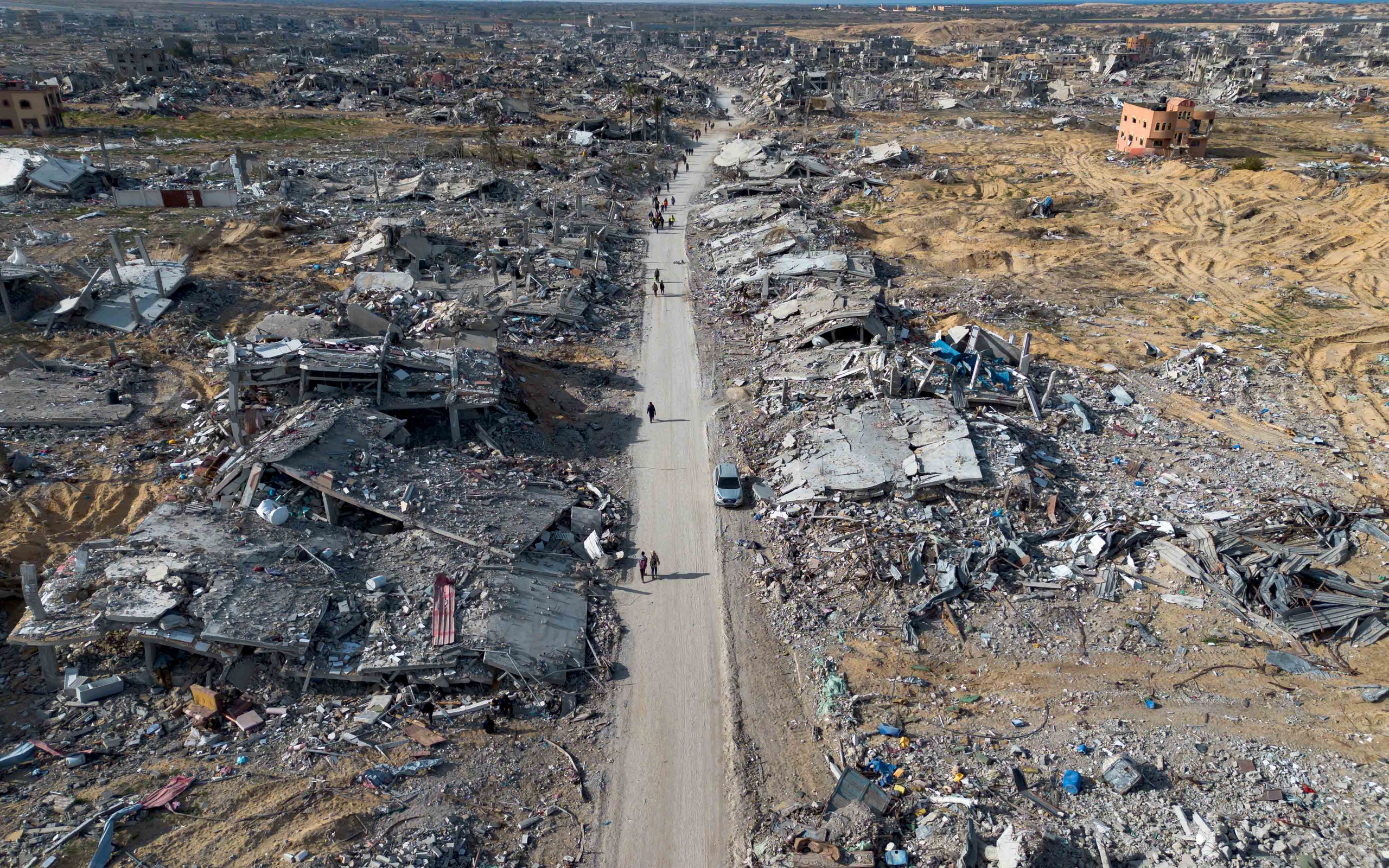
Palestinians walk through rubble in Rafah City in Gaza on January 19.
Warning of the enormous challenges, the WHO estimates that rebuilding Gaza's health system will take years and billions of dollars. "Only half of the 36 hospitals are partially functional, nearly all hospitals are damaged or partially destroyed and only 38% of primary health care centres are functional," the WHO said. The agency said more than 46,600 people have been killed and more than 110,000 injured in Gaza, after Israel retaliated against a Hamas offensive that left around 1,200 dead and 250 hostages taken.
US says Houthi spreading disinformation
AFP on January 20 quoted a statement from the US Central Command denying information from the Houthi forces in Yemen about attacking a US aircraft carrier. The statement was made after the Houthi announced that they had carried out the attack on January 19, warning of "consequences" for any response during the ceasefire in Gaza. The Houthi said they had targeted the USS Harry S. Truman aircraft carrier and "other warships" with cruise missiles and drones, forcing the US aircraft carrier to "leave the area of operations".
Source: https://thanhnien.vn/nuoc-mat-doan-tu-ngay-hamas-israel-ngung-ban-185250120211412028.htm








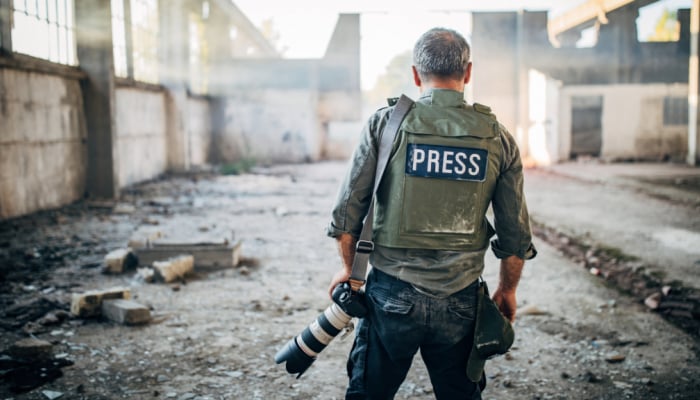

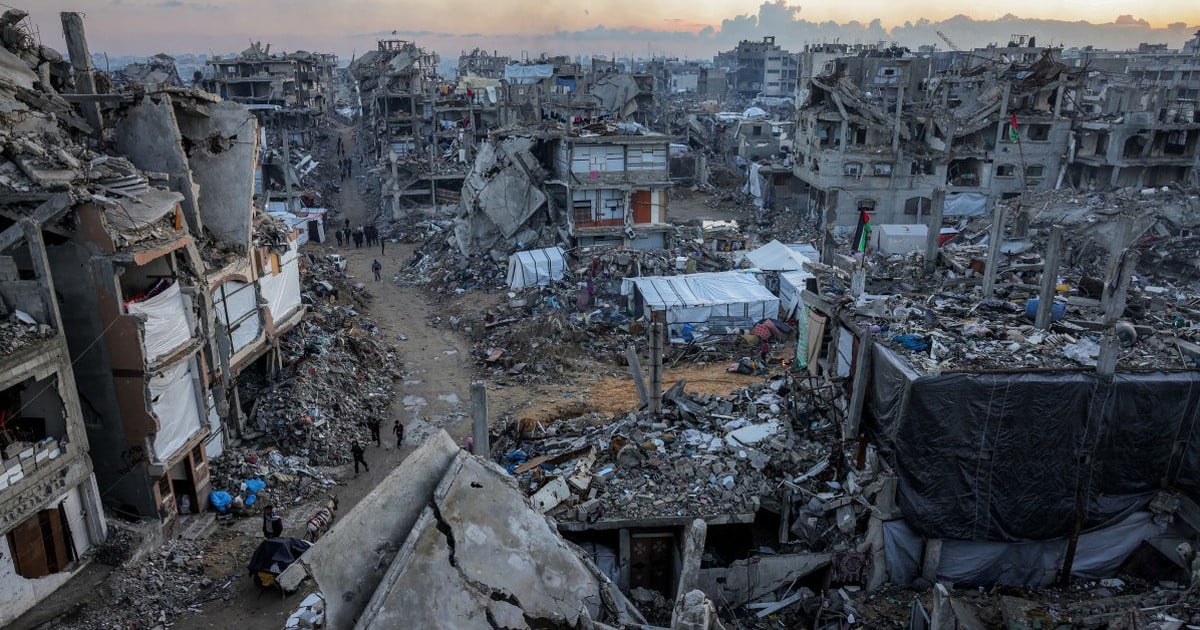
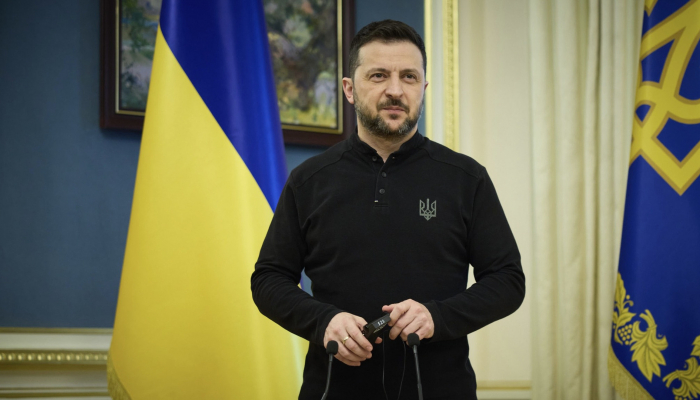

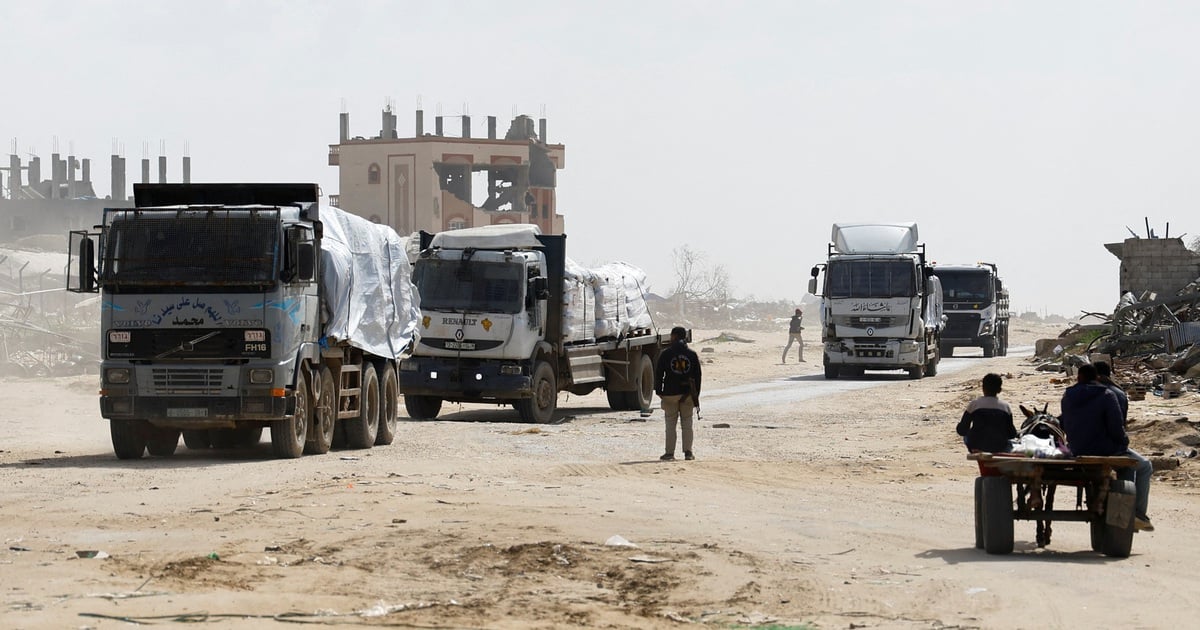
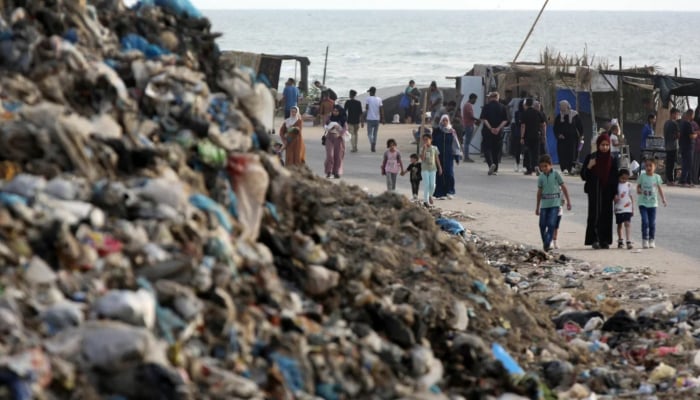




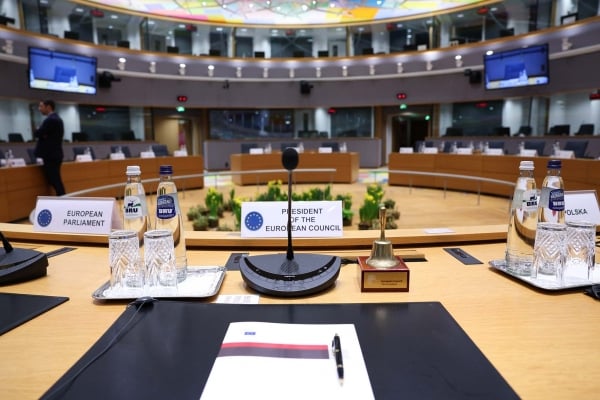
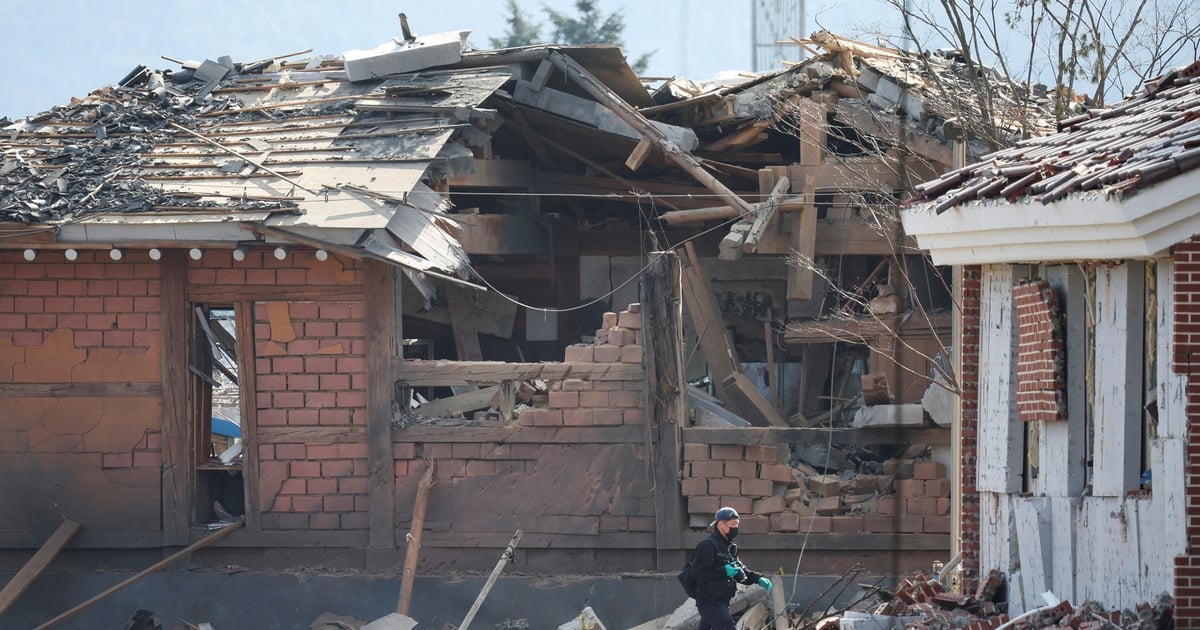
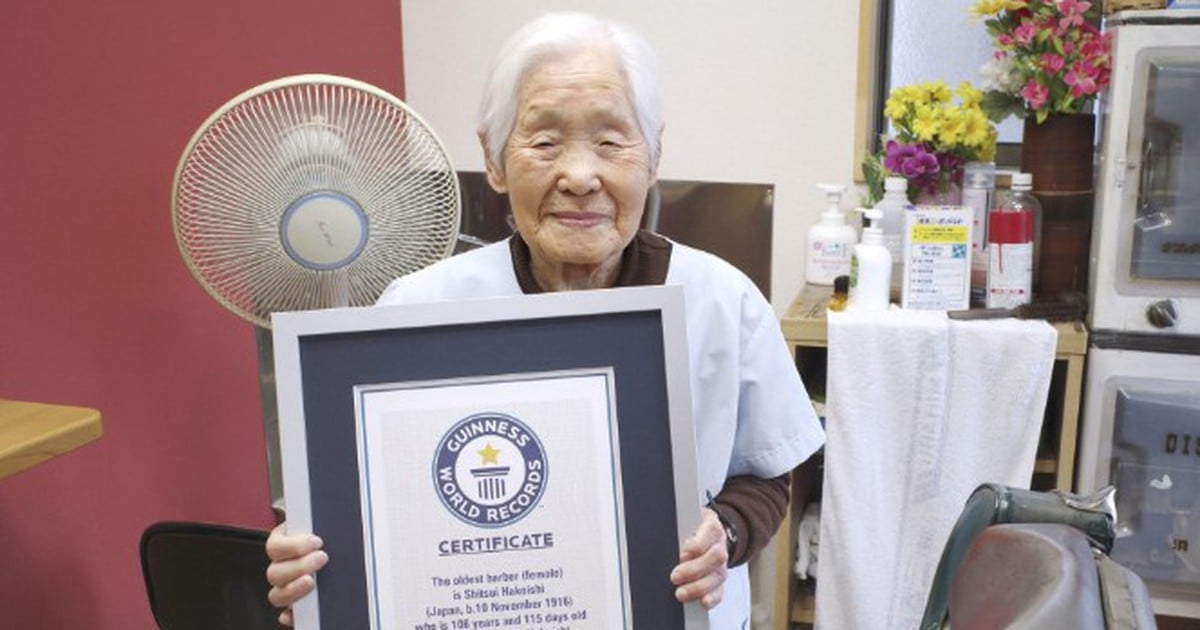






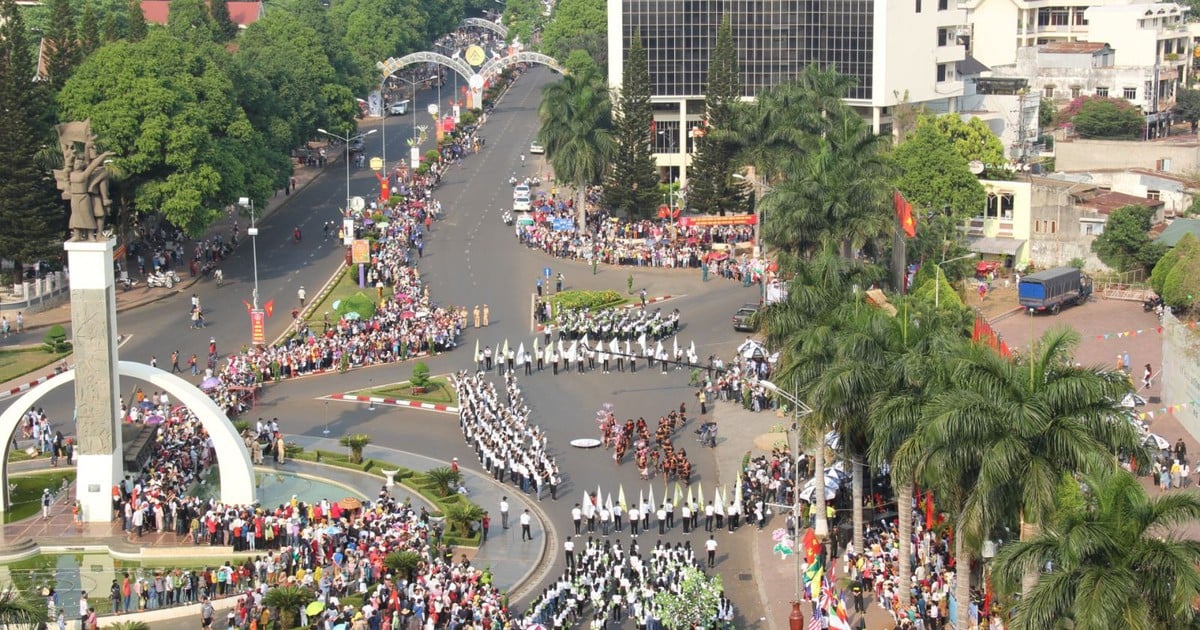


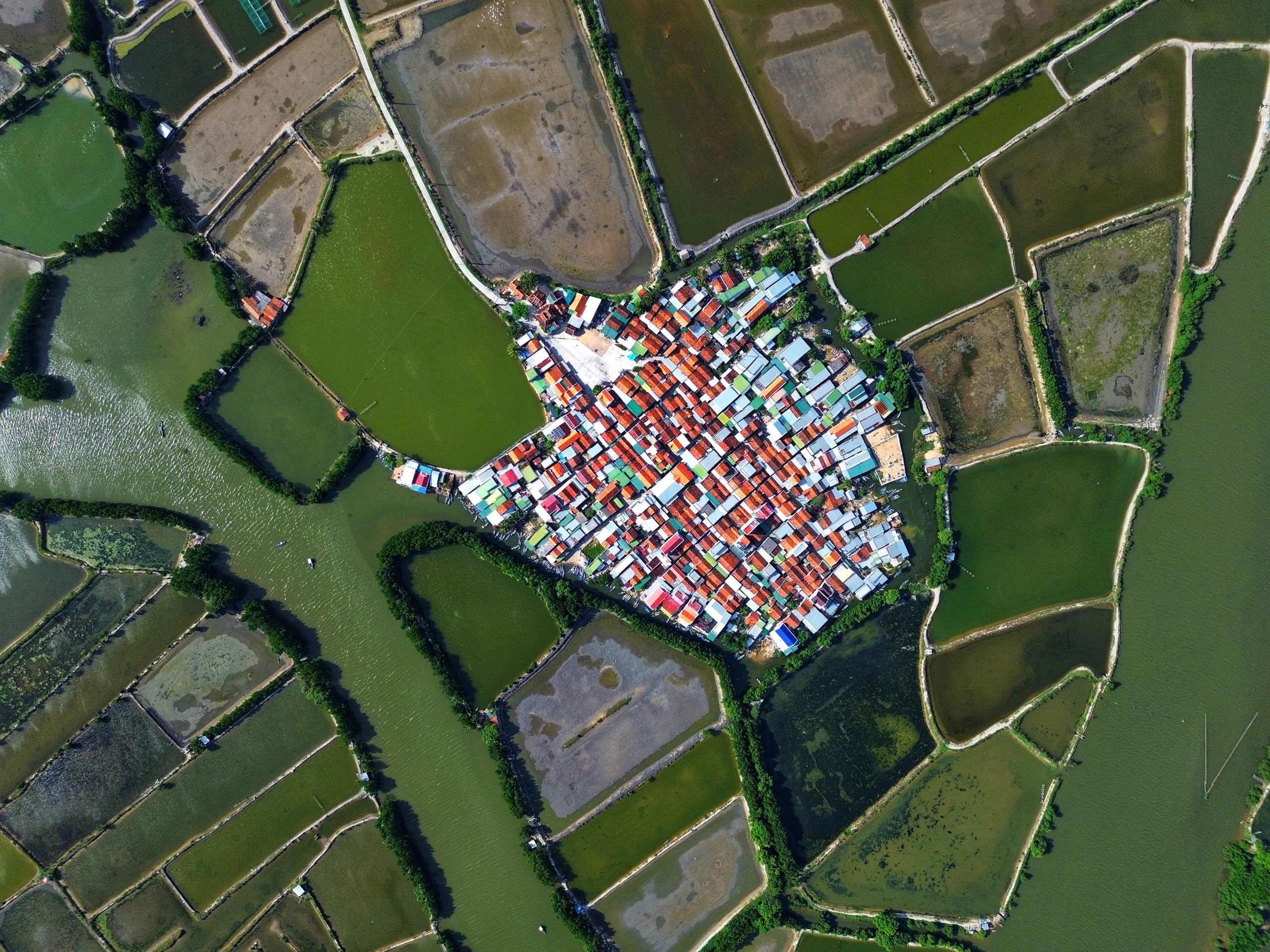




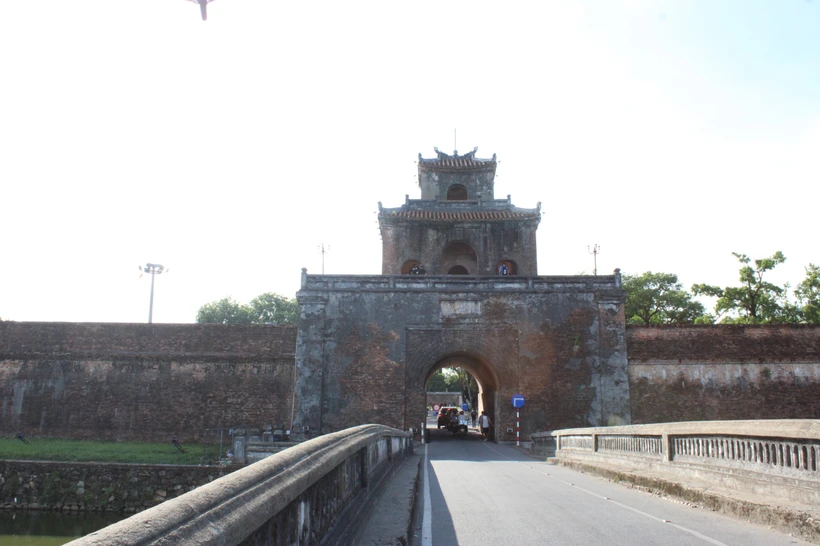
























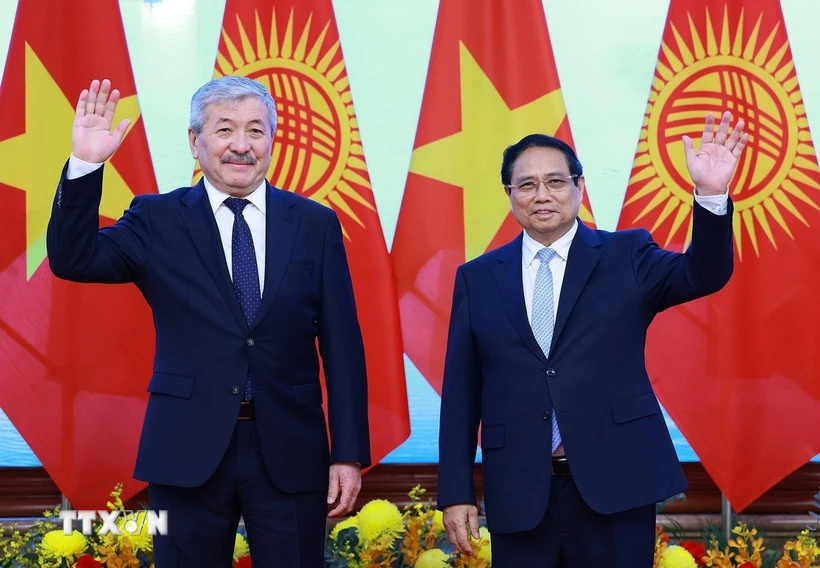


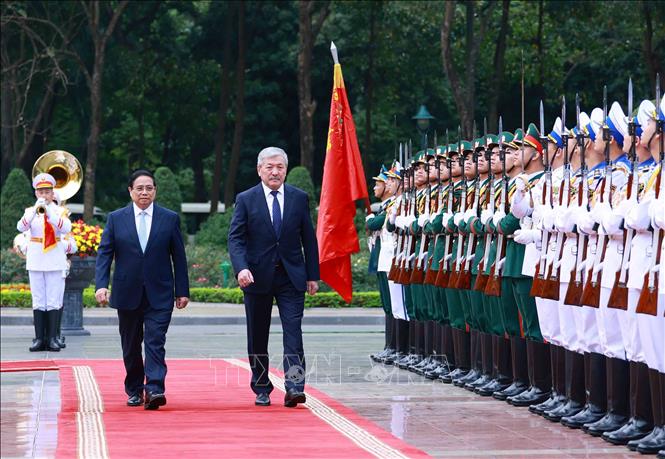

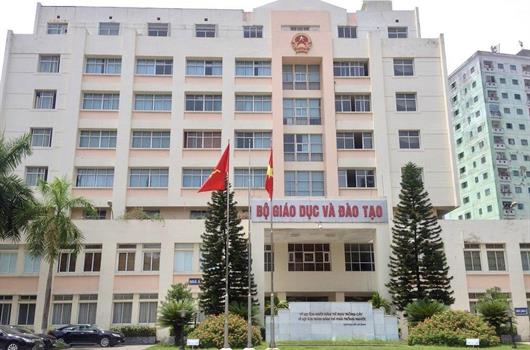


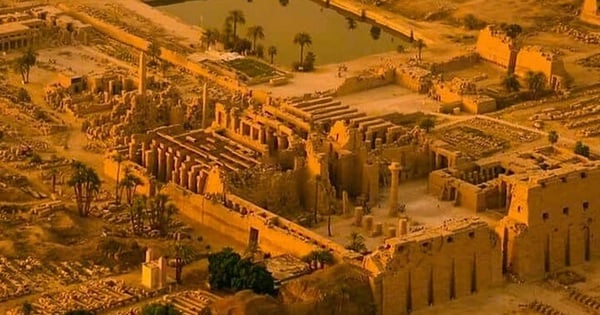















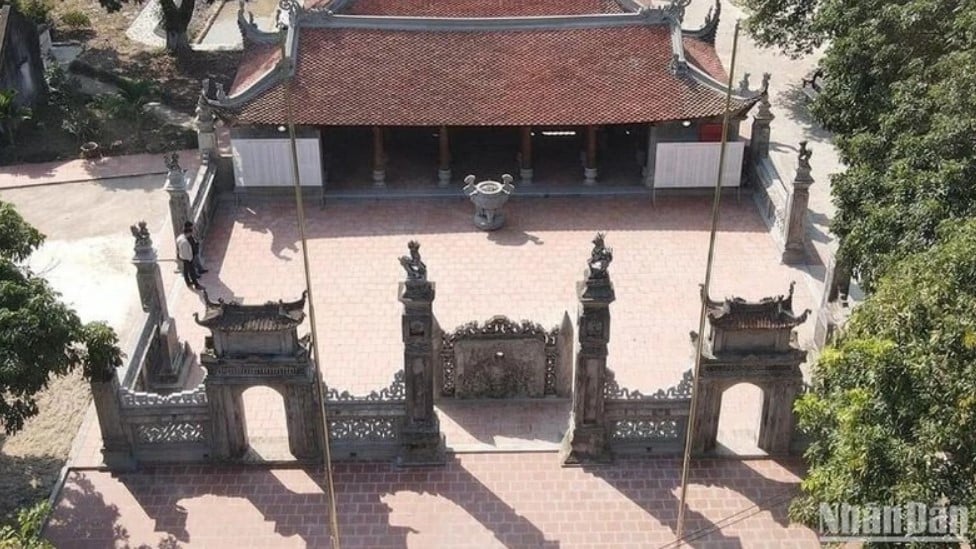




Comment (0)